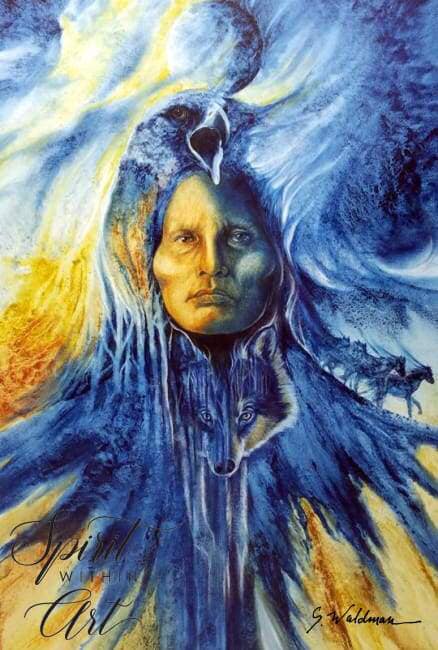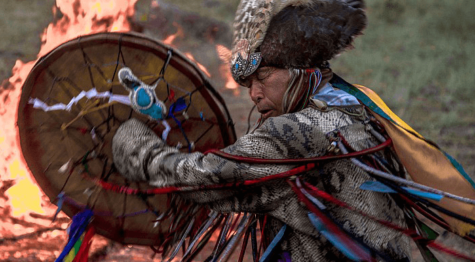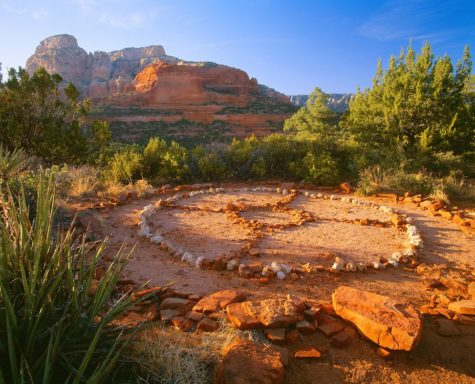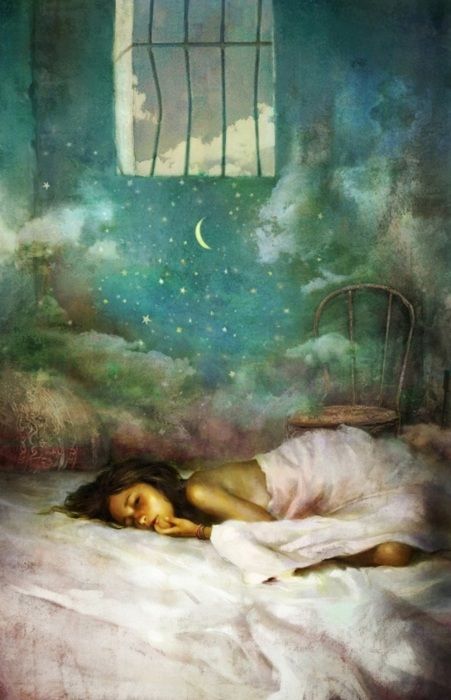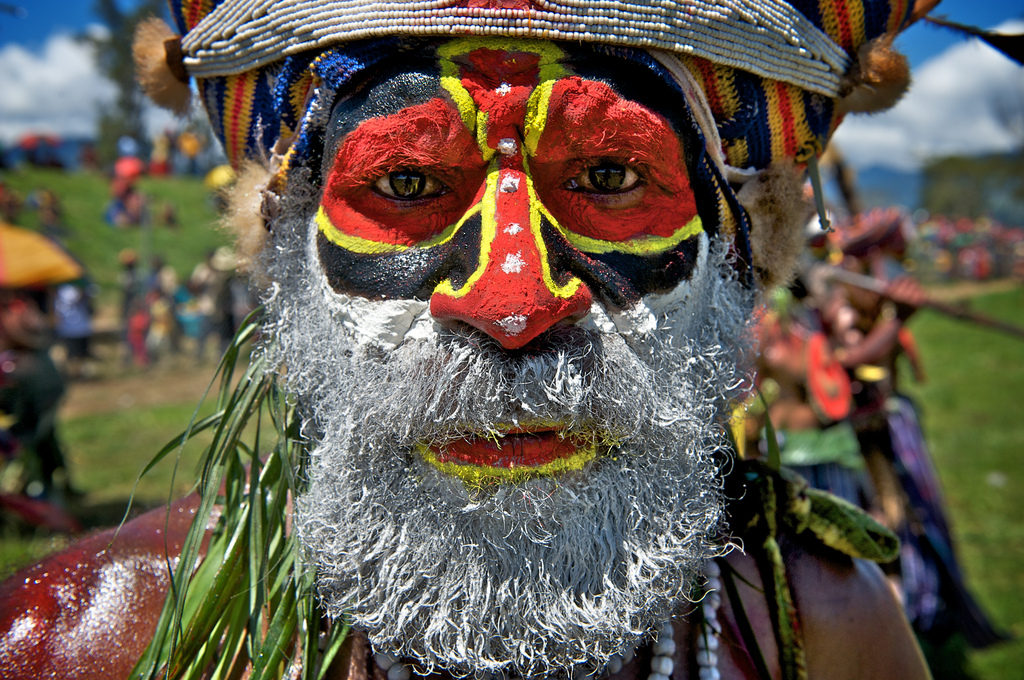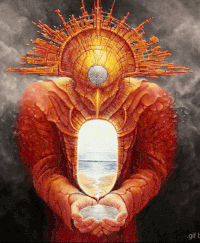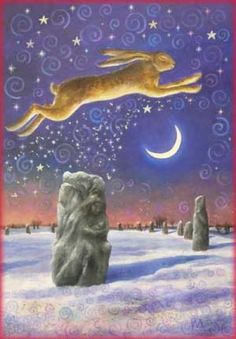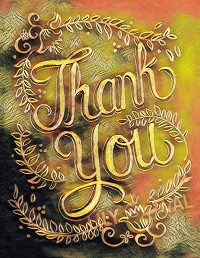Basics
Live your life that the fear of death can never enter your heart. Trouble no one about his religion. Respect others in their views and demand that they respect yours. Love your life, perfect your life, beautify all things in your life. Seek to make your life long and of service to your people. Prepare a noble death song for the day when you go over the great divide.
Always give a word or sign of salute when meeting or passing a friend, or even a stranger, if in a lonely place. Show respect to all people, but grovel to none. When you rise in the morning, give thanks for the light, for your life, for your strength. Give thanks for your food and for the joy of living. If you see no reason to give thanks, the fault lies in yourself.
Abuse no one and no thing, for abuse turns the wise ones to fools and robs the spirit of its vision. When your time comes to die, be not like those whose hearts are filled with fear of death, so that when their time comes they weep and pray for a little more time to live their lives over again in a different way. Sing your death song, and die like a hero going home.
~Tecumseh -(1768-1813) Shawnee Chief
Shamanism is a great mental and emotional adventure, one in which the patient as well as the shaman-healer are involved. Through his heroic journey and efforts, the shaman helps his patients transcend their normal, ordinary definition of reality, including the definition of themselves as ill.
The shaman shows his patients that they are not emotionally and spiritually alone in their struggles against illness and death. The shaman shares his special powers and convinces his patients, on a deep level of consciousness, that another human is willing to offer up his own self to help them. The shaman’s self-sacrifice calls forth a commensurate emotional commitment from his patients, a sense of obligation to struggle alongside the shaman to save one’s self. Caring and curing go hand and hand.
How is it learned?
Ultimately, shamanic knowledge can only be acquired through individual experience. You must learn the methods in order to utilize them, however. They can be learned in a variety of ways.
For example, among the Conibo of the Upper Amazon, “learning from the trees” is considered superior to learning from another shaman. In aboriginal Siberia, a death/rebirth experience was often a major source of shamanic knowledge.
In certain preliterate cultures, persons spontaneously answer the “call” of shamanism without any formal training, while in others they train under the guidance of a practicing shaman anywhere from a day to five years or more.
At what point are you a shaman?
That status can only be conferred on you by those you attempt to help in matters of power and healing. In other words, it is recognized success in shamanic work that determines whether you have indeed become a shaman.
~from Michael Harner’s The Way of the Shaman
“When one defines oneself as Pagan, it means she or he follows an earth or nature religion, one that sees the divine manifest in all creation. The cycles of nature are our holy days, the earth is our temple, its plants and creatures our partners and teachers. We worship a deity that is both male and female, a mother Goddess and father God, who together created all that is, was, or will be. We respect life, cherish the free will of sentient beings, and accept the sacredness of all creation.”
~Edain McCoy
In the Native American world, wheels or circles have been used since the ancient times as tools for teaching the ways of the universe. Nothing is seen as linear, for the idea of a linear existence is considered to be an illusion. There is no “beginning” or “end,” simply a change of reference points. Birth into physical existence is not the beginning of life ~ for spirit is eternally alive; it is a different perception point through which spirit experiences its aliveness. It is simply movement in the wheel of life.
Learning of the universe through wheels offers a way to perceive how one form of life is completely interconnected with all other life: flowing, changing, and reaching out to touch all forms of things with beauty. All the wheels of the Sweet Medicine SunDance Path spin and interconnect with one another in this way. Each position on the wheel corresponds to one of the four cardinal directions: South, North, West, East – or one of the four non-cardinal directions: Southeast, Southwest, North west, and Northeast.
Furthermore, there are specific qualities and characteristics that exist for each direction. Thus, no matter which wheel is being used, the subject matter is placed in a particular direction because it contains the corresponding properties. For example, the earth element sits in the West. West is also the physical body, strength, power and stability. One can quickly see that these energies all work with and carry within themselves similar properties.
And so the wheel goes. Even properties that have seemingly nothing to do with each other, when overlaid, allow you to make amazing connections into deeper understanding. Those of us who were taught to think in linear terms will find studying wheels a particular challenge! However, it is also fun.
On any medicine wheel, the cardinal directions will hold the energy of a circle and the non-cardinals will move energy in and out of the circle.
When you are studying a particular aspect of a wheel or trying to gain understanding of something, you first determine where it is located on the wheel. That direction is called its “sitting place.” Directly across from it is the “working place.” This means you are gaining an opposite perspective of what you are studying – you “work” with the information.
There is another way to study something on the wheel once you have located its sitting place. Look at what is to its left to see what energies it is receiving from. This is the female and creative receptive side. Look to the right to see what energies it is giving away to. The right side is the masculine active conceptive side which gives out energy.
For example, if I am studying something which has a sitting place of southeast. It’s working place is north west. It will receive energy from the south, and give away energy to the east.

There are many ways to play with wheels, to gain much deep understanding. Keep in mind that wheels are not static, they turn and breathe for use to see many different perspectives. All study of these teachings invite you inside the wheel of life to receive, to give, to see from another point of view.
~Mary Flaming Crystal Mirror
The effectiveness of a shaman is generally measured by the results he or she is able to achieve. It is believed that unless the shaman is able to call power animals and spiritual aid to help her, she will not be effective. Indeed that individual could not be called a shaman.
The teaching of detachment, and letting go of one’s ego is a central lesson for the shaman. If the individual cannot let go of pride and self interest, he or she are not considered to be a good healer, and may not be able to enlist the spiritual aid considered necessary for effective healing.
There is a concept that the spirits must take pity on the healer and the one being healed. If the shaman cannot evoke compassion from those that would aid her or him, but instead offends with his or her pride – no assistance will be given to that person for the healing work.
Source: Shaman Links
One of the greatest gifts of dreaming is that it puts us in touch with soul. It takes us beyond the limited understanding of the everyday self and shows us who we are, what our soul’s purpose is in this life experience and what our heart truly yearns for. There is a word for this vital function of dreams in the language of the Huron, a dreaming people of North America. The word is ondinnonk, and it means a “secret wish of the soul”, especially as revealed in dreams. This expression takes us to the heart of healing.
By connecting with our dreams, and celebrating and acting on the information they gift to us, we bring the energy and magic of soul into our daily lives. As we allow our big dreams to take root in this world, we become whole and well, and start living our deeper story. As we help others to honor and celebrate their soul guidance, as revealed in dreams, we become healers and dreambringers.
Ancient dream healers understood that we are often out of touch, in our surface minds, with our deepest truths and our heart’s desires. Not knowing who we are, forgetting our soul’s purpose, we do terrible harm to ourselves and others. Dreams invite us to get back on the right track, the soul’s track. I learned about this many years ago when I asked for dream guidance in support of a narrow, ego-driven agenda.
I wanted inspiration for a commercial potboiler, a thriller that would follow the formula of a successful previous novel I had published. In my dream, I found myself in a banquet hall where a lavish feast for hundreds of people was being prepared in my honor. But there was a problem. In the dream restaurant, the master chef had walked out in disgust because he was bored with my menu.
The message, on waking, was clear. If I persisted in repeating myself – in using my creative gifts for a limited purpose – my deepest creative energy (the “master chef” of the dream) would bow out; the soul and its magic would be missing. I abandoned a major book project because that dream showed me it wasn’t “major” in the ways that serve the soul.
Dreaming not only renews our understanding of the soul’s purpose; it can literally bring the soul back home. From the shaman’s perspective, soul loss is the root cause of much illness and affliction in our lives. We suffer deep grief, heartbreak or abuse or trauma – and maybe then succumb to negative habits and addictions – and a part of our vital soul energy goes away. Chronic depression, lethargy, memory gaps, low resistance to illness and emotional numbness are among the most frequent symptoms of soul loss.
Our dreams can tell us which parts of ourselves may be missing, and when it is timely to bring them home. Recurring dreams in which we go back to a scene from our earlier lives may indicate that a part of us has remained there. Dreams in which we perceive a younger self as a separate individual may be nudging us to recognize and recover a part of ourselves we lost at that age. Sometimes we do not know who that beautiful child is – until we take a closer look.
Unfortunately, a common effect of soul loss is dream loss. Indeed the absence of dream recall is often a primary symptom of soul loss – as if the part of the sufferer that knows how to dream and travel in deeper reality has gone away, out of pain or disgust. It is fascinating and deeply rewarding to observe what can happen when people who have forgotten how to dream start dreaming again. This can amount to spontaneous soul recovery.
A middle-aged woman approached me for help. She told me, “I feel I have lost the part of me that can give trust and know joy.” As preparation for our meeting, I asked her to start a dream journal, although she had told me she had not remembered her dreams for many years. When she came to see me, she had succeeded in capturing just one tiny fragment from a dream.
She remembered that she was standing over a table, looking at three large-size “post-it” notes. Each had a typed message. But the ink had faded and she could not read the messages.
Slowly and carefully, I helped her to relax and encouraged her to try to go back inside her dream. Quite quickly, she found herself inside a room in the house where she had lived with her ex-husband prior to their divorce, almost twenty years before. Now she could read the typed messages. The first read in bold capitals, “YOU CAN DO IT.” They were all about living with heart, and trusting life.
She realized that she had left her ability to love and to trust in that room for nearly twenty years. I asked her what she needed to do. She told me, “I need to bring my heart out of that room and put it back in my body.” She gathered up the messages and made the motion of bringing them into her heart. As her hands crossed over the place of her heart, we both saw a sweet and gentle light shine out from her heart center. She trembled, eyes shining, and told me, “Something just came back. Something that was missing for twenty years.”
In the most literal sense, dreaming can make us whole. It not only connects us with lost or buried aspects of ourselves. It connects us with our larger identity – our Higher Self – and our larger purpose.
Honoring the secret wishes of the soul, as involved in dreams, requires us to learn some simple and powerful strategies such as the ones below:
I found a great blog post about shamanism at a pretty cool website called Blue Plant Shaman. The whole thing is worth reading – I just pulled the juicy part out for posting here:
Here is a list that I came up with that I call the basic requirements for a person to be a good Shaman.
- You need to come from a dysfunctional family.
- You need to understand abuse, alcohol, drug, sexual, physical, mental, verbal, the more the better.
- You need to have a fast mind. This is usually shown through a quick humor and/or problem solving skills.
- You may have a thought that nothing is sacred nor should it be.
- You will probably have a very strong sex drive.
- You may think some things are funny while other people severely disagree.
- You have the ability to teach without formal training.
- Even the most introverted people will instantly open up to you.
- You can make friends with the most vicious junk yard dog because you can relate.
- You had the “visits” from the other side at an early age.
- Sometimes we can seem like a twisted bunch, but everyone wants to come to our parties.
